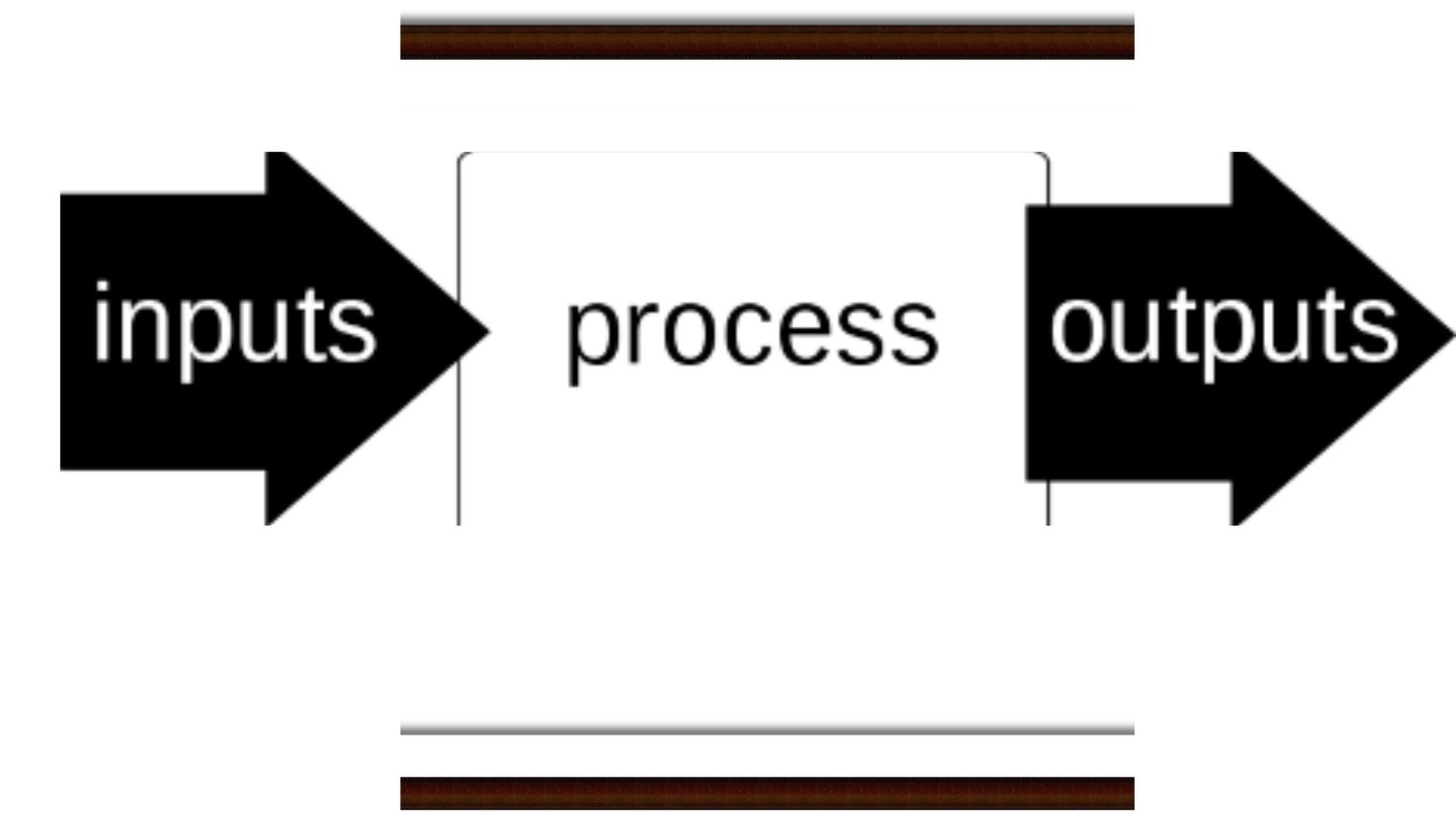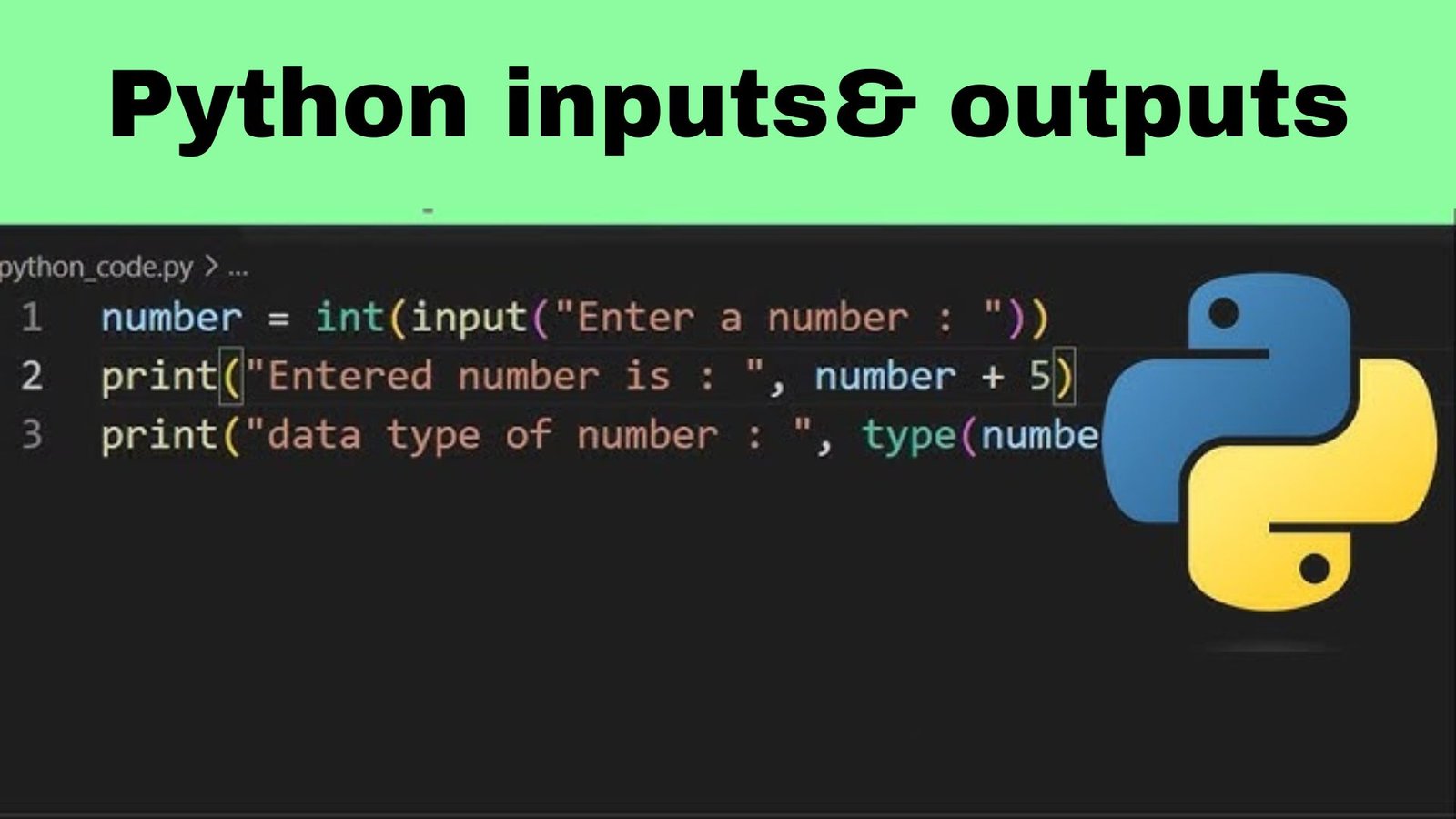Imagine building a Python program that effortlessly interacts with users, collecting data and displaying results in a way that’s both intuitive and efficient. Whether you are an experienced developer or just getting started, understanding Python input and output (I/O) operations is critical for creating user-friendly applications. We’ll examine the principles of Python I/O in this tutorial, with a focus on the input() and print() functions. We will also provide practical examples, best practices, and tips to help you improve your programming skills.

Introduction to Python Input and Output
Python’s simplicity and versatility make it a popular choice for developers worldwide. At the heart of many Python programs are the input and output operations, which allow you to interact with users. Understanding how user information can be efficiently organized and displayed is crucial for writing robust and user-friendly applications.
We’ll begin by exploring the input() function, which lets you capture user input. Then, we’ll look at the print() function, which enables you to display information to the user. By combining these functions, you can create interactive Python programs that respond to user inputs and provide meaningful outputs.
Understanding the input() Function for User Data Input
The input() function is a built-in Python function that allows you to capture user input from the keyboard. The software waits for the user to type something and hit Enter when you call input(). After that, a string representing the input is returned, which you can save in a variable for later processing.
For example:
“`
name = input(“Enter your name: “)
print(“Hello, ” + name + “!”)
“`
This sample of code asks the user to provide their name before sending them a personalized greeting. The input() function captures the user’s input as a string that gets merged with the greeting message.

Practical Examples of Using input() with Different Data Types
You can convert the input to different data types as needed, even though the input() function always returns a string. This is especially useful when working with numbers or other specific data formats.
For example, if you want to capture a user’s age as an integer:
“`
age = int(input(“Enter your age: “))
print(“You are ” + str(age) + ” years old.”)
“`
Here, the input has been transformed to an integer using the int() function. Similarly, you can use float() for capturing decimal numbers:
“`
height = float(input(“Enter your height in meters: “))
print(“Your height is ” + str(height) + ” meters.”)
“`
These examples demonstrate how to handle different data types using the input() function and the appropriate type of conversion functions.
The Role of print() in Python: Outputting Information to the User
The print() function is another essential built-in function in Python, used for displaying information to the user. It takes one or more arguments and prints them to the console. By default, print() adds a new line character at the end, so each call to print() outputs a new line.
For example:
“`
print(“Hello, world!”)
print(“Welcome to Python programming.”)
“`
This code will print two separate lines of text to the console. You can also print multiple values by separating them with commas:
“`
name = “Alice”
age = 30
print(“Name:”, name, “Age:”, age)
“`
In this case, the output will be formatted with spaces between the values.
Formatting Output with print() for Better Readability
The print() function offers several options for formatting the output in Python, making it easier to create readable and visually appealing text. One common technique is using f-strings, introduced in Python 3.6, which allow you to embed expressions inside string literals.
For example:
“`
name = “Bob”
score = 95
print(f”Congratulations, {name}! You scored {score} points.”)
“`
F-strings provide a concise and readable way to format strings, making your code more maintainable.
Another useful feature is the sep parameter, which allows you to customize the separator between values:
“`
print(“Alice”, “Bob”, “Charlie”, sep=”, “)
“`
This code will print the names separated by commas and spaces.
Combining input() and print() for Interactive Python Programs
By combining the input() and print() functions, you can create interactive Python programs that engage users and provide real-time feedback. This combination is particularly insightful for command-line applications, quizzes, and games.
Consider the following example:
“`
name = input(“Enter your name: “)
age = int(input(“Enter your age: “))
print(f”Hello, {name}! You are {age} years old.”)
“`
In this program, the user is prompted to enter their name and age. The program then greets the user and displays their age. This simple interaction can be expanded into more complex applications by adding conditions, loops, and additional input/output operations.

Best Practices for Handling User Data and Outputs in Python
Handling user data and outputs effectively requires following some best practices to ensure your programs are robust and user-friendly.
- Validate User Input:
Always validate user input to prevent errors and ensure the input meets your program’s requirements. For example, check if the input is valid before performing calculations.
“`
age = input(“Enter your age: “)
if age.isdigit():
age = int(age)
print(f”You are {age} years old.”)
else:
print(“Invalid input. Please enter a number.”)
“`
- Use Meaningful Prompts:
Provide clear and meaningful prompts when asking for user input. This helps users understand what is expected and reduces the likelihood of incorrect input.
“`
name = input(“Please enter your full name: “)
“`
- Format Output for Clarity:
Use formatting options in the print() function to create clear and readable output. F-strings, custom separators, and alignment options can enhance the readability of your program’s output.
“`
name = “Alice”
score = 95
print(f”Name{”:<10} | Score”)
print(f”{name:<10} | {score}”)
“`
- Handle Errors Gracefully:
Anticipate and handle potential errors gracefully to prevent your program from crashing. Use try-except blocks to catch exceptions and provide informative error messages.
“`
try:
age = int(input(“Enter your age: “))
print(f”You are {age} years old.”)
except ValueError:
print(“Invalid input. Please enter a valid number.”)
“`
Conclusion and Recap of Key Takeaways for Python Developers
Mastering Python Input and Output (I/O) operations is crucial for creating interactive and user-friendly applications. By understanding and effectively using the input() and print() functions, you can capture user input, display information, and provide meaningful feedback.
We’ve explored the basics of the input() function, including handling different data types and practical examples. We’ve also evaluated the print() function, covering formatting options and techniques for creating readable output. Combining these functions allows you to build interactive programs that engage users and provide real-time feedback.
Remember to follow best practices for handling user data and outputs, such as validating input, using meaningful prompts, and formatting output for clarity. By doing so, you’ll create robust and user-friendly applications that enhance the user experience.
For more tips, tutorials, and resources on Python programming, subscribe to our newsletter or join our online community. Happy coding!
